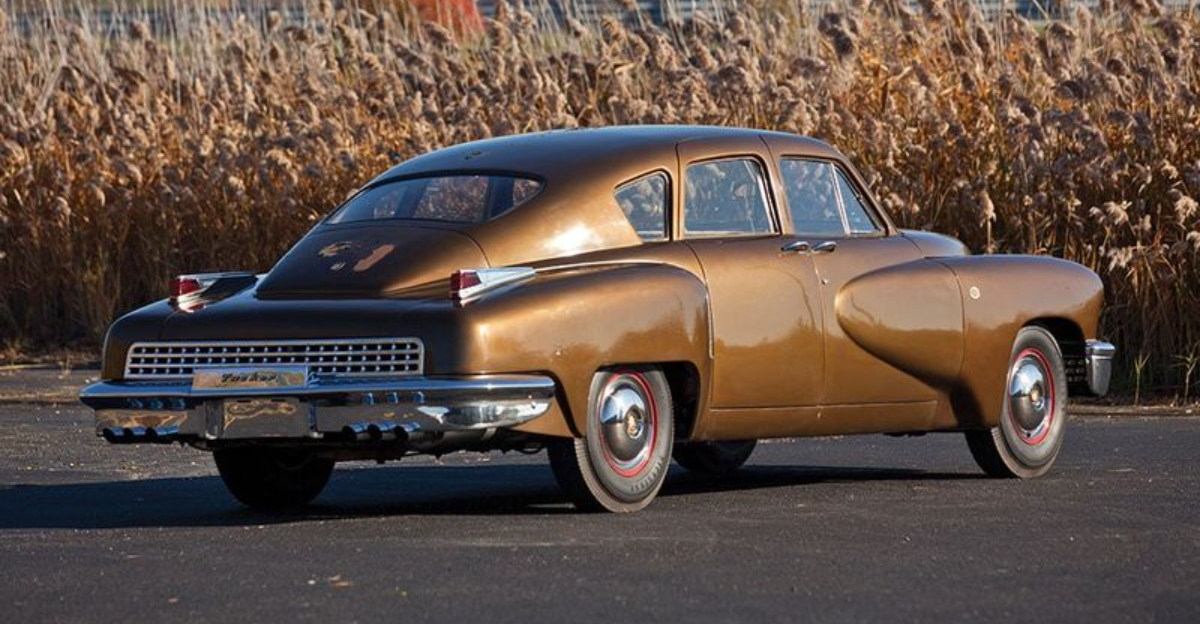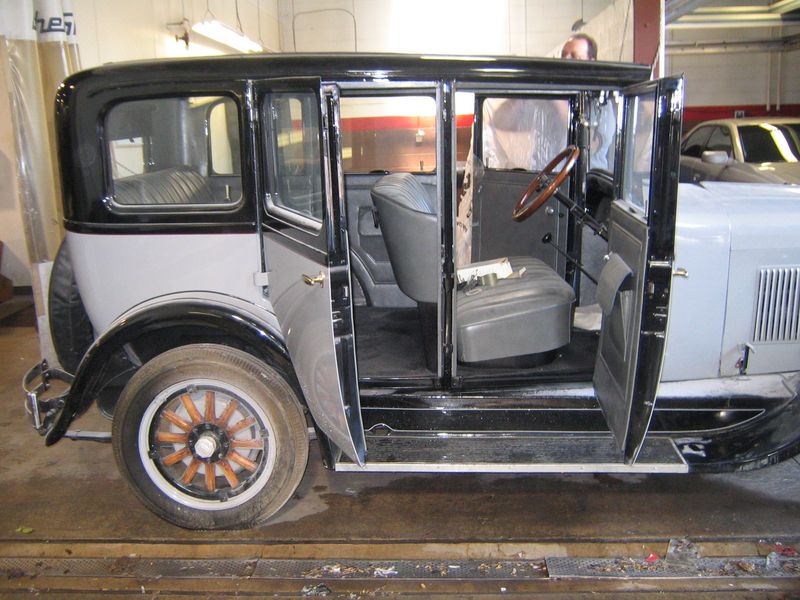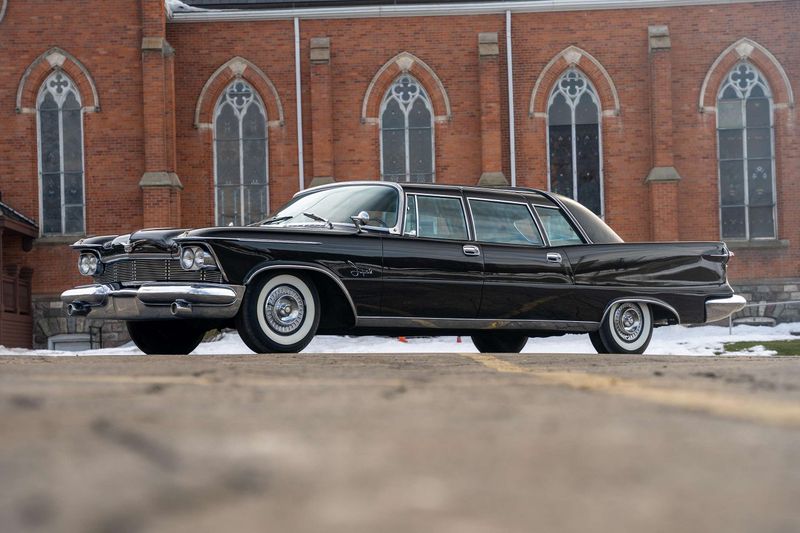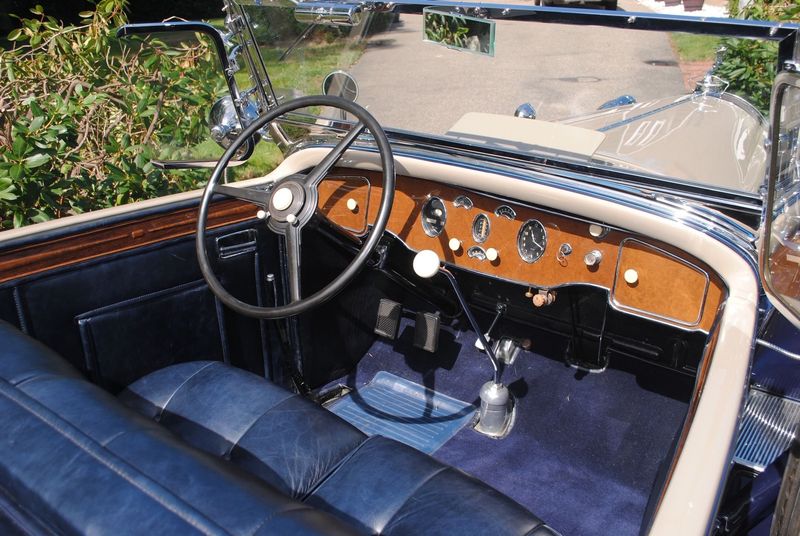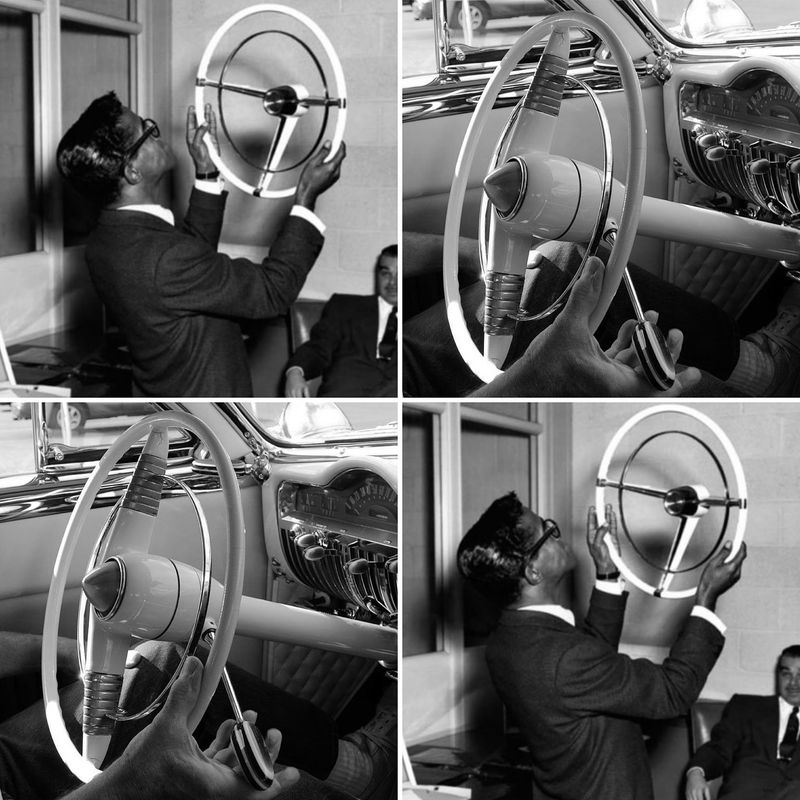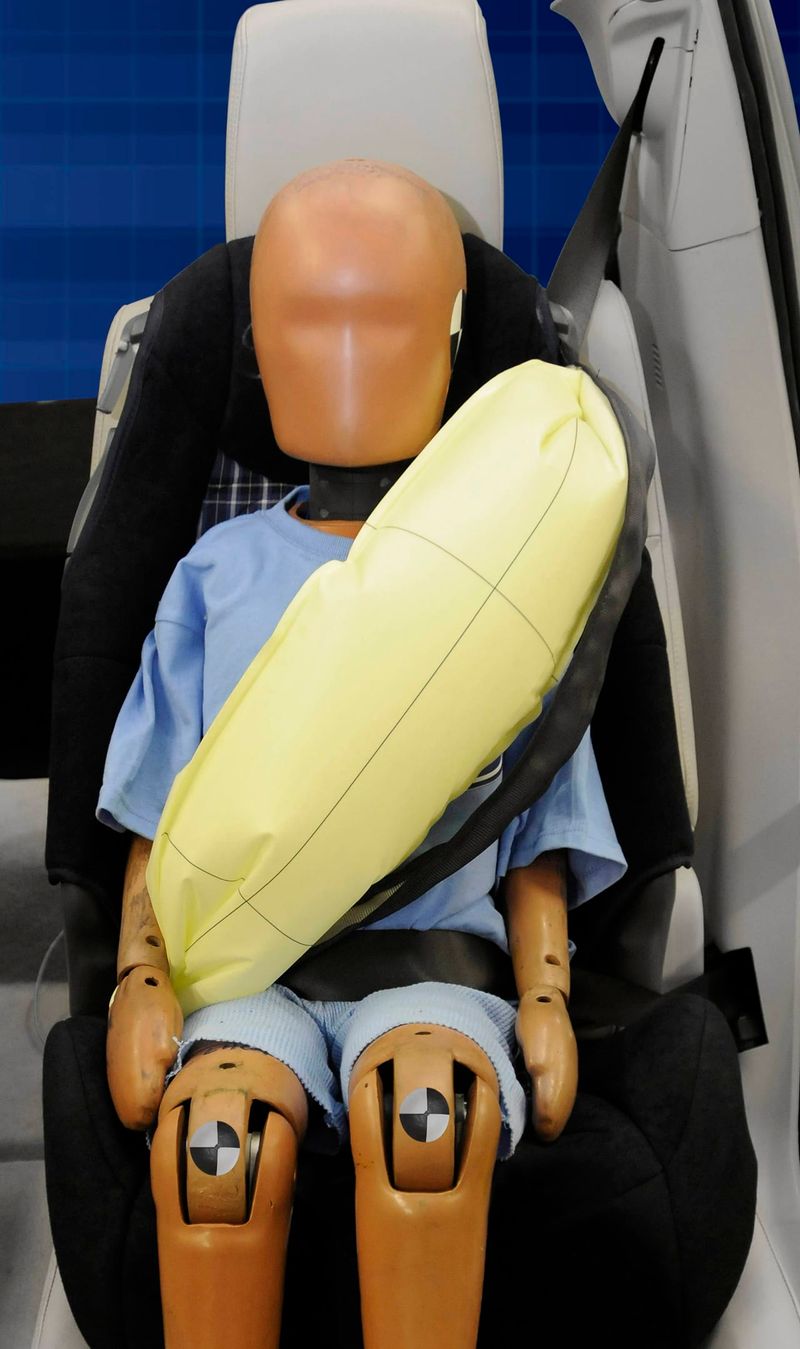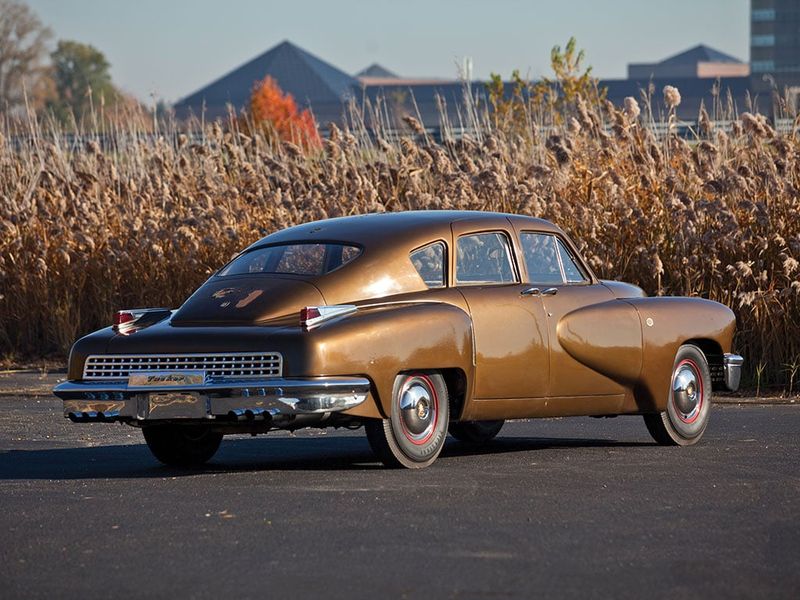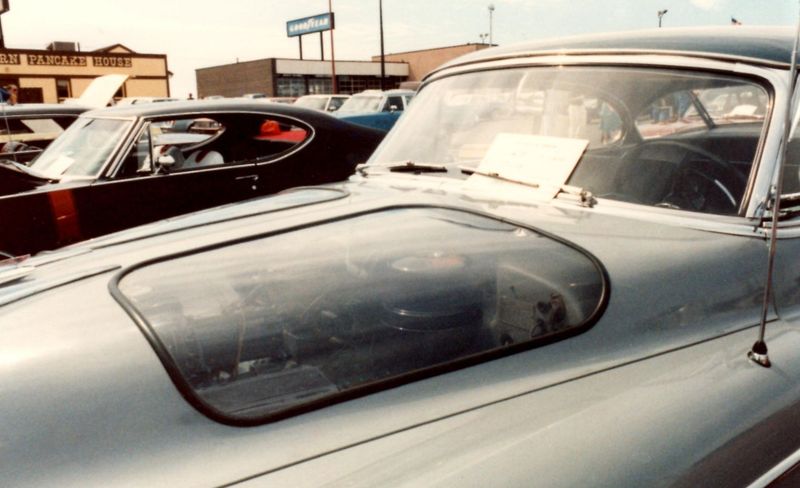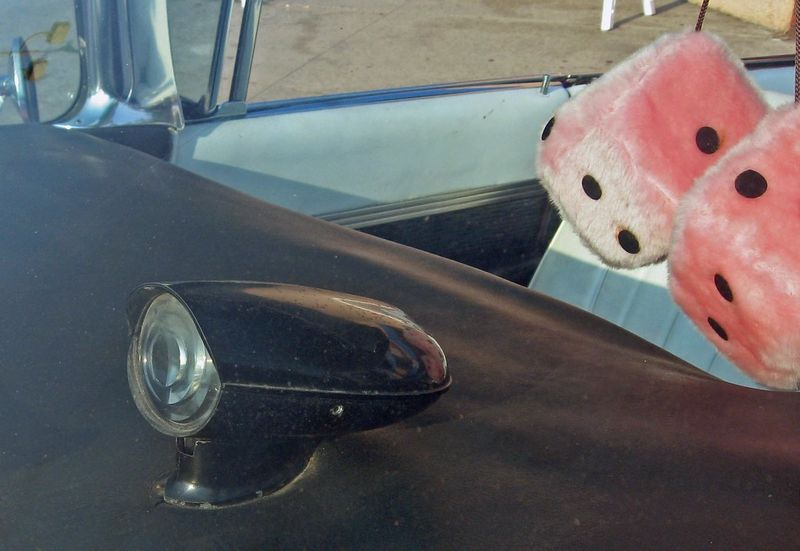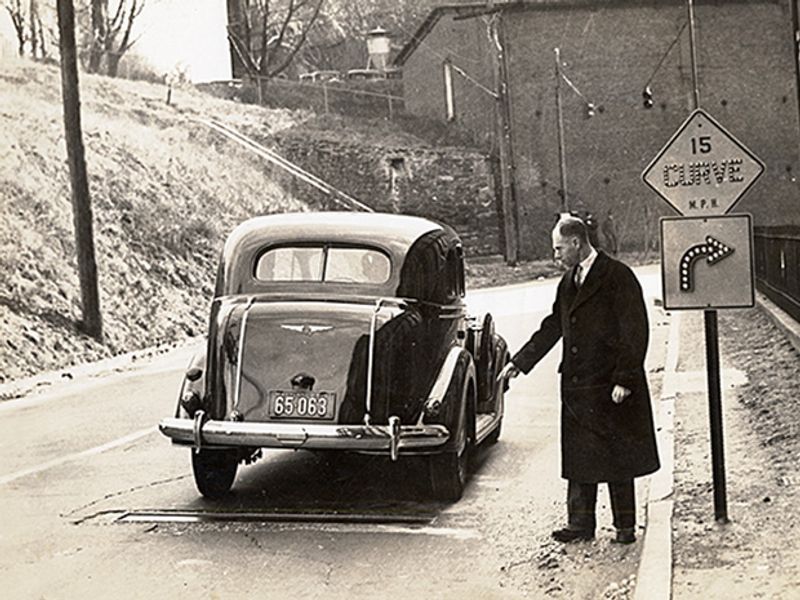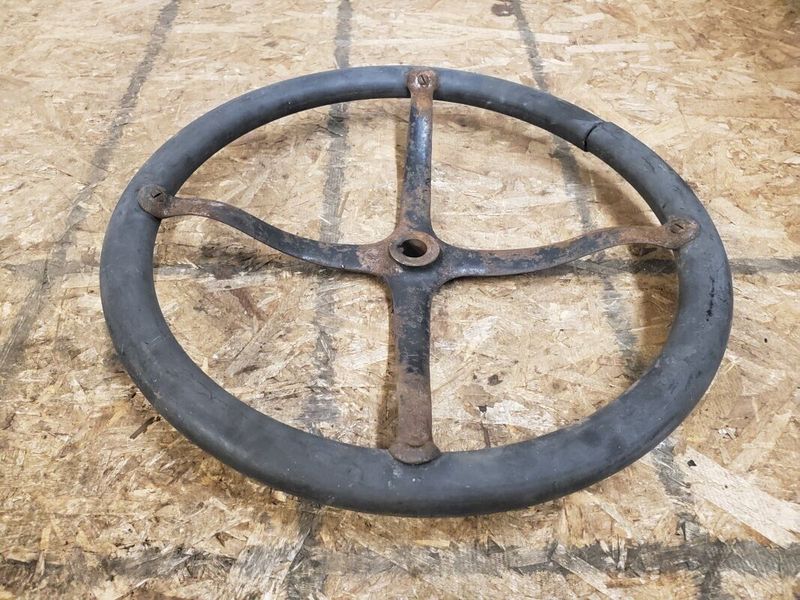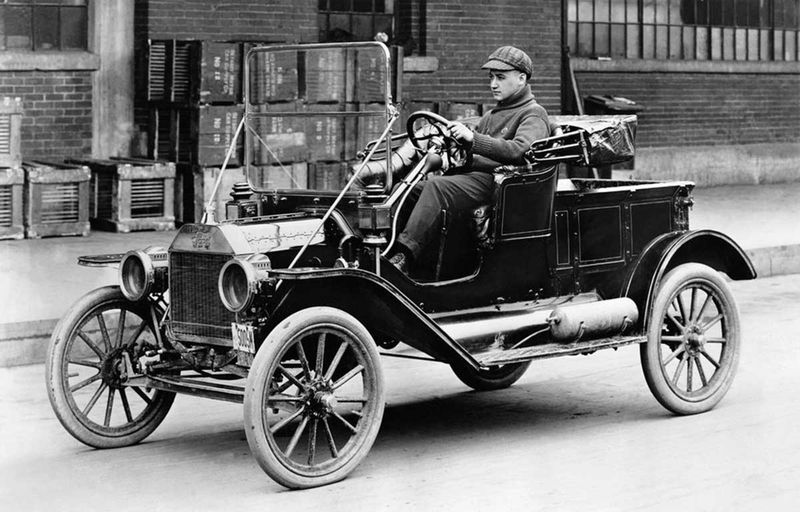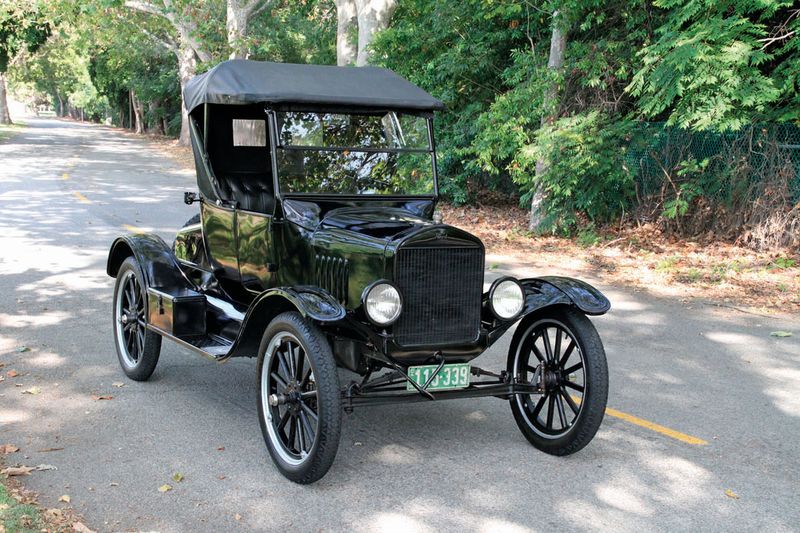Throughout automotive history, innovation has driven progress, but not all inventions were successful. Some, although intended to enhance convenience or style, proved perilous. This blog explores 15 car innovations that, though groundbreaking at the time, were ultimately more hazardous than beneficial. These forgotten concepts highlight the fine line between innovation and safety, reminding us that not every advancement withstands the test of time. From questionable design choices to misunderstood technology, these inventions serve as a cautionary tale of what happens when safety takes a backseat to creativity.
1. Suicide Doors (Pre-1960s)
Suicide doors, named for their rear-hinged design, posed this very risk. Though stylish, if unlatched at high speeds, wind pressure could fling them open, risking passenger ejection. During the pre-1960s, these doors adorned luxury vehicles, adding a touch of elegance. Yet, the design proved hazardous, especially in accidents where the doors would not latch securely. This made them a liability on the road. Despite their allure, safety concerns led to their decline.
2. The “Auto-Pilot” Drive-O-Matic (1958 Chrysler Imperial)
In 1958, Chrysler introduced a feature that felt like something out of science fiction—the Auto-Pilot Drive-O-Matic. This early cruise control system allowed drivers to lock the throttle at a set speed, seemingly offering effortless driving. However, it lacked modern safety protocols. The inability to easily decelerate posed a significant risk during emergencies. While it promised convenience, the feature was not foolproof, making quick stops nearly impossible. This innovation demonstrated the gap between ambition and practicality, serving as a precursor to more sophisticated and safer systems.
3. Glass Dashboards (1930s-40s)
In the quest for elegance, automakers in the 1930s and 40s experimented with glass dashboards. These reflective panels added a touch of sophistication to the interiors but came with hidden perils. Sunlight would often reflect off the glass, temporarily blinding drivers. In collisions, the glass could shatter, turning into dangerous shrapnel. Despite their allure, the risks overshadowed the aesthetics. Such dashboards highlighted the struggle to balance style with safety. Ultimately, practicality won, and these designs faded into obscurity, remembered more for their hazards than their beauty.
4. Swing-Up Steering Wheels (1950s-60s)
Convenience was king in the 1950s and 60s, leading to inventive solutions like the swing-up steering wheel. Designed to ease entry and exit, these wheels could be tilted upwards. However, the mechanism was notoriously unreliable. Drivers reported unexpected collapses into their laps mid-drive, creating dangerous distractions. Though the idea was innovative, it was fraught with mechanical issues. The feature, intended to enhance comfort, inadvertently compromised safety. As technology advanced, safer alternatives emerged, leaving the swing-up steering wheel as a relic of impractical innovation.
5. Inflatable Seat Belts (1970s Ford & GM)
In the 1970s, Ford and GM sought to innovate safety with inflatable seat belts. Inspired by airbags, these belts would inflate during a crash. However, they were notorious for late deployment or inflating with excessive force, causing injuries. Despite good intentions, the technology was unreliable. The promise of added protection was overshadowed by operational failures. While the concept aimed to revolutionize passenger safety, it lacked the precision needed for effectiveness. Over time, advancements in airbag technology rendered these belts obsolete, remembered for their shortcomings.
6. The “Rocket” Brake Light (1950s Tucker 48)
The Tucker 48, a symbol of innovation, featured the audacious “Rocket” brake light. This third brake light was designed to shoot up like a missile when activated. While visually striking, it was impractical and dangerous. The mechanism could malfunction, posing risks to other drivers. Despite its futuristic appeal, practicality was lacking. The idea was ahead of its time but not well-executed. The “Rocket” brake light serves as a reminder that not all bold ideas succeed. Ultimately scrapped, it stands as an example of innovation gone awry.
7. Transparent Hoods (1930s)
During the 1930s, luxury cars experimented with transparent hoods made from plexiglass. The idea was to offer drivers an unobstructed view of the road ahead, merging style with functionality. However, glare and visual distortion proved significant drawbacks. In practice, these hoods were more a gimmick than a practical feature. Drivers found the transparency appealing but impractical, especially in bright conditions. The allure of seeing the engine was overshadowed by safety concerns, leading to their rapid decline. Today, transparent hoods are a curious footnote in automotive design history.
8. The “Automatic” Headlight Dimmer (1950s)
In the 1950s, the automatic headlight dimmer promised to make night driving safer. A light sensor was supposed to detect oncoming traffic and dim high beams automatically. However, the technology was often unreliable. Many drivers found themselves inadvertently blinding others, as the system failed to respond in time. While the intention was noble, execution fell short. The concept was a precursor to modern headlight technologies but lacked refinement. The automatic dimmer serves as an example of ambition ahead of capability, eventually phased out for more reliable solutions.
9. The “Backup Alarm” That Was Just a Bell (1920s-30s)
Before the advent of backup cameras, cars in the 1920s and 30s relied on a simple backup alarm—a ringing bell. While it seemed like a clever solution, the bell’s sound was often drowned out by engine noise and city hustle. Pedestrians rarely heard it, rendering it ineffective. The technology was well-intentioned but impractical in urban settings. This early attempt at safety highlights how simple ideas can fall short in execution. As automotive technology advanced, more effective warning systems replaced these quaint but insufficient bells.
10. The “Rolling Bench” Seat (1960s Chrysler)
In the 1960s, Chrysler introduced the rolling bench seat, a novel idea for enhancing car interior versatility. The front seat could swivel 180 degrees, ideal for socializing during picnics. However, the feature was not without flaws. If the lock mechanism failed, the seat could spin during a crash, posing serious risks to passengers. Though innovative, the design lacked robust safety measures. The rolling bench seat reflects an era of experimentation, where creativity sometimes overshadowed practicality. Modern cars have evolved to prioritize secure seating configurations, learning from such past missteps.
11. The “Tank-Style” Steering Wheel (1910s-20s)
In the early automotive era, tank-style steering wheels were the norm. These spoke-less designs required drivers to crank them arm-over-arm, akin to steering a tank. While innovative, they were cumbersome in sharp turns, often leading to loss of control. This design highlighted the challenges of early automotive engineering, where practicality sometimes took a backseat to novel ideas. As driving demands evolved, so did steering technologies, leading to more ergonomic designs. The tank-style wheel remains a testament to the learning curve in car design history.
12. The “Exploding” Hood Ornament (1950s)
Luxury cars in the 1950s often featured elegant hood ornaments. Some were designed to detach during a collision to reduce injury risk. However, these ornaments sometimes became projectiles, ironically creating hazards they intended to prevent. The design, though well-meaning, lacked refinement. It served as a lesson in unintended consequences, where safety features could backfire. As car safety standards improved, such ornaments faded from popularity, replaced by more secure and thoughtful designs. The exploding hood ornament remains a curious chapter in automotive safety evolution.
13. The “Motorized” Seatbelt (1980s)
The 1980s saw the rise of the motorized seatbelt, an automatic system intended to boost compliance. These belts glided into place when doors closed, offering hands-free security. However, they were notorious for trapping arms or failing to lock properly, compromising safety. While they aimed to simplify seatbelt use, mechanical issues were rife. The motorized seatbelt represents a period of trial and error in automotive safety evolution. Over time, more reliable systems emerged, prioritizing both ease of use and efficacy, leaving the motorized variant as a bygone innovation.
14. The “No-Brake” Engine Braking System (Early 1900s)
In the early 1900s, some cars relied solely on engine compression for braking, a daunting prospect on hills. This no-brake system was an early attempt at controlling speed without traditional brakes. It was particularly nerve-wracking for drivers, who faced perilous descents with limited stopping power. The approach underscored the infancy of automotive technology, where innovation often outpaced practical safety. As car design matured, comprehensive braking systems became standard, addressing the critical need for reliable deceleration. The no-brake system remains a cautionary tale from motoring’s early days.
15. The “Smell-Based” Gas Gauge (Pre-1920s)
Before the advent of fuel gauges, drivers in the pre-1920s era resorted to smelling for gasoline fumes or using a wooden dipstick to measure fuel levels. This rudimentary method was unreliable and hazardous. The smell-based approach was not only imprecise but also posed inhalation risks. Drivers had to rely on instinct and estimation, highlighting the era’s lack of sophisticated technology. As automotive engineering advanced, accurate fuel gauges became standard, improving safety and convenience. The smell-based gauge is now a quirky footnote in car evolution, illustrating early improvisation.
